Melting moon dust, found at the bottom of astronaut’s shoes, would save on costly, heavy transport of solar cells in space.


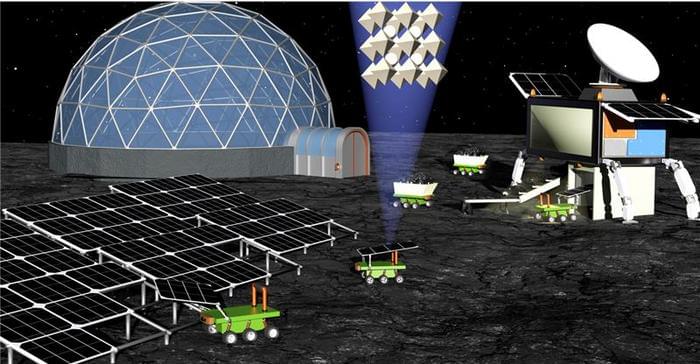
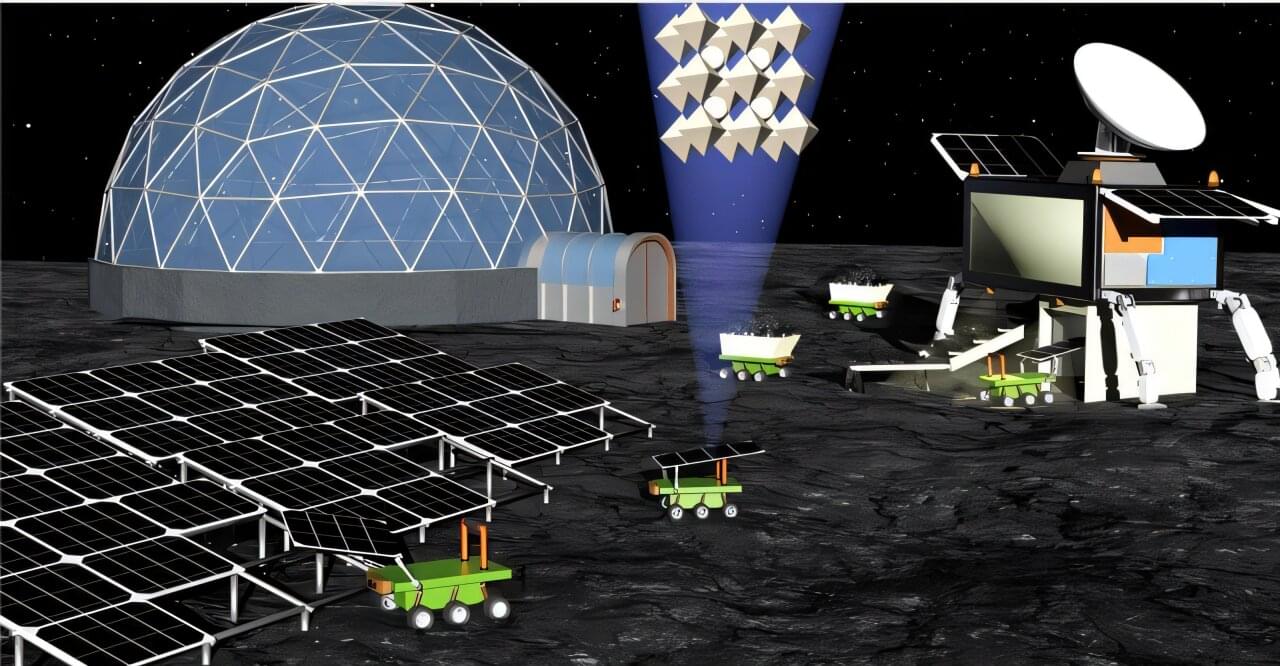
The same dirt that clings to astronauts’ boots may one day keep their lights on. In a study published in Device, researchers created solar cells made out of simulated moon dust. The cells convert sunlight into energy efficiently, withstand radiation damage, and mitigate the need for transporting heavy materials into space, offering a potential solution to one of space exploration’s biggest challenges: reliable energy sources.
“The solar cells used in space now are amazing, reaching efficiencies of 30% to even 40%, but that efficiency comes with a price,” says lead researcher Felix Lang of the University of Potsdam, Germany. “They are very expensive and are relatively heavy because they use glass or thick foil as cover. It’s hard to justify lifting all these cells into space.”
Instead of hauling solar cells from Earth, Lang’s team is looking at materials available on the moon itself. They aim to replace Earth-made glass with glass crafted from lunar regolith —the moon’s loose, rocky surface debris. This change alone could cut a spacecraft’s launch mass by 99.4%, slash 99% of transport costs, and make long-term lunar settlements more feasible.

The world added the smallest amount of new coal capacity in two decades last year, a report said Thursday, but use of the fossil fuel is still surging in China and India.
Coal accounts for just over a third of global electricity production and phasing it out is fundamental to meeting climate change goals.
Just 44 gigawatts (GW) of new coal power capacity was produced globally last year, the lowest figure since 2004, according to the report by a group of energy-and environment-focused research organizations and NGOs.

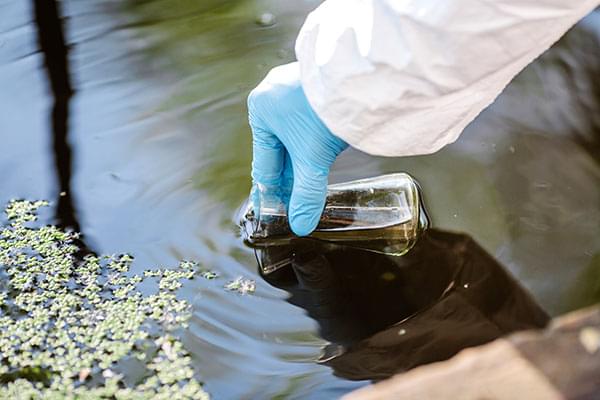
• The process uses flash joule heating to mineralize PFAS, converting them into inert fluoride salts and upcycling waste carbon into high-value graphene.
• This innovative approach offers a cost-effective, scalable, and environmentally friendly solution to a pressing global problem.
• Meanwhile, scientists in Tokyo are exploring sustainable carbon-based materials and membrane distillation to remove PFAS, showcasing promising advancements in water purification technology.
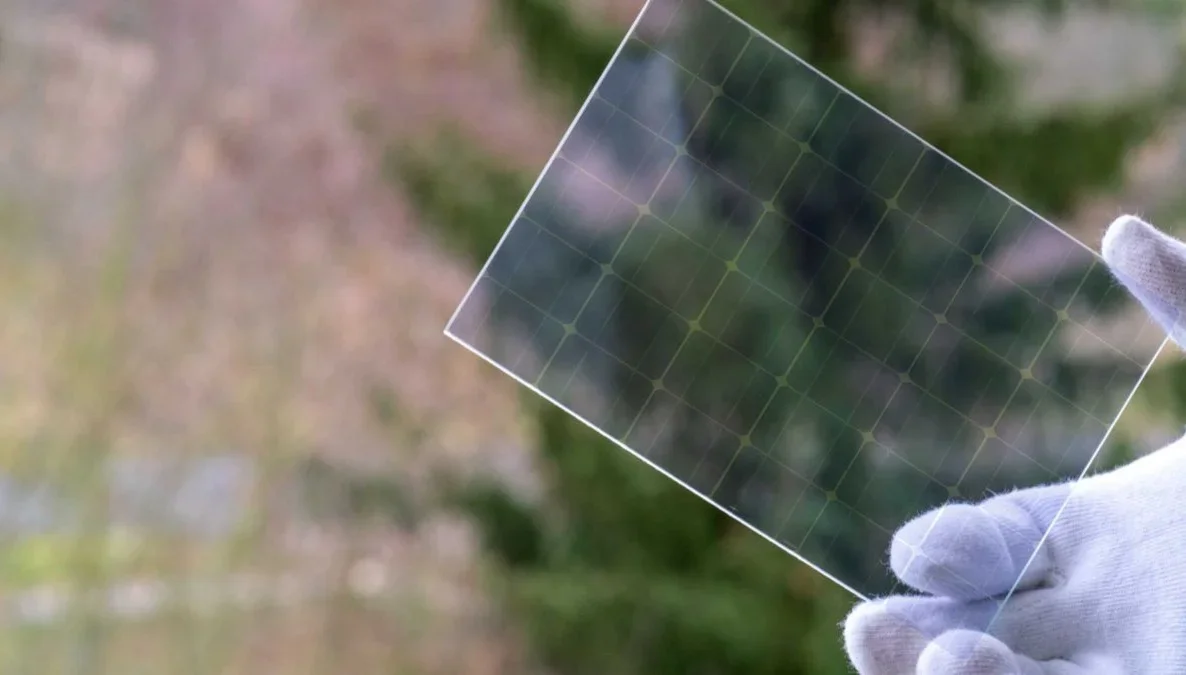
These limits have kept solar tech stuck on rooftops and in fields. But a new type of cell, almost invisible to the eye, may soon change that. Transparent solar cells could turn windows, cars, and even skin into energy-harvesting surfaces.
Unlike the old models, these next-gen cells don’t clash with their surroundings. They blend in while still capturing sunlight. Some are so clear they reach up to 79% transparency. On average, most hover above 70%, allowing them to function without being noticed.
A major reason for this leap forward lies in materials only a few atoms thick. Known as 2D materials, they’re helping reshape what solar panels can do. One group, called transition metal dichalcogenides, absorbs light well and has band gaps that can be tuned.
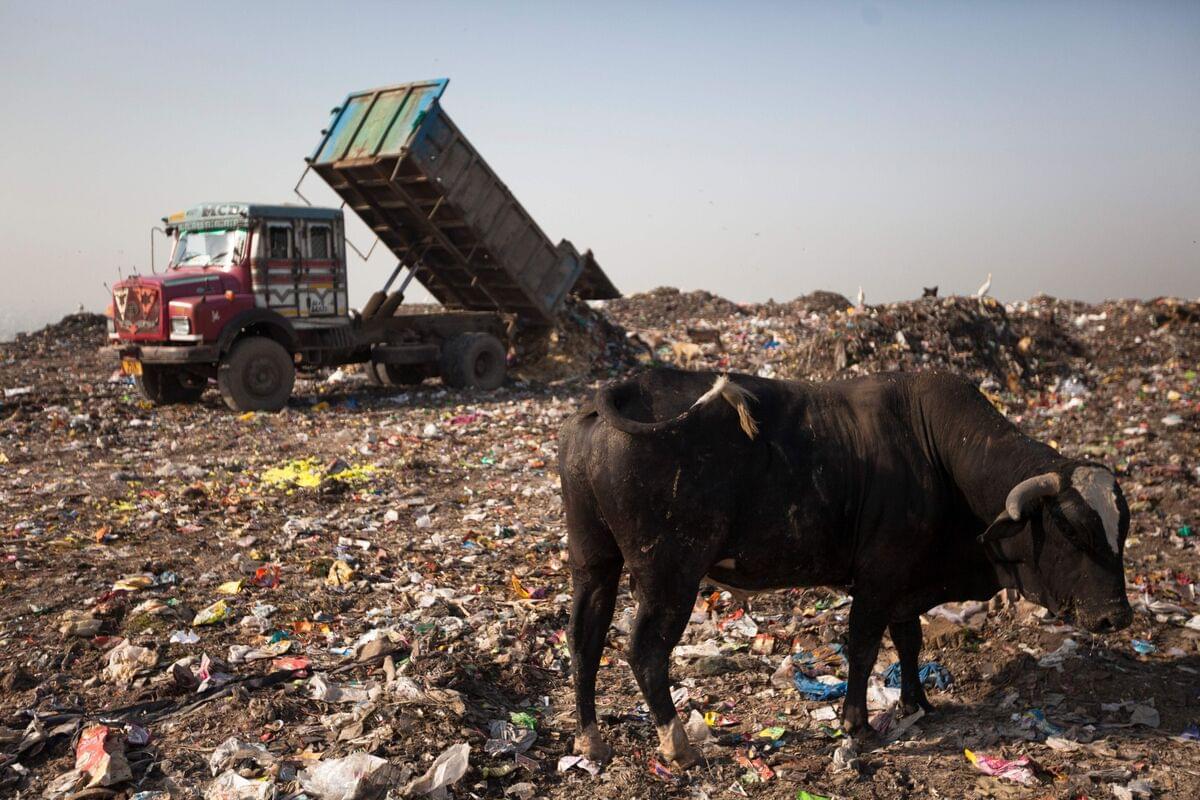
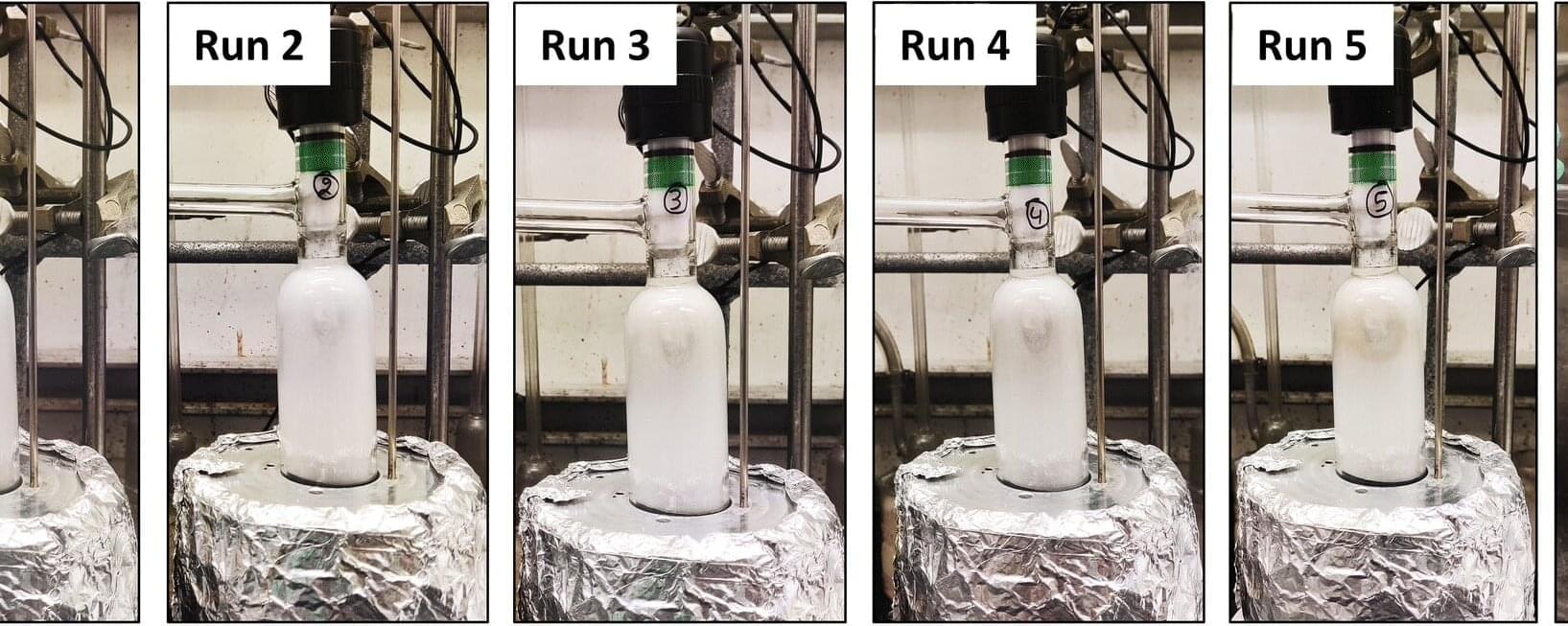
Harnessing moisture from air, Northwestern University chemists have developed a simple new method for breaking down plastic waste.
The non-toxic, environmentally friendly, solvent-free process first uses an inexpensive catalyst to break apart the bonds in polyethylene terephthalate (PET), the most common plastic in the polyester family. Then, the researchers merely expose the broken pieces to ambient air. Leveraging the trace amounts of moisture in air, the broken-down PET is converted into monomers—the crucial building blocks for plastics. From there, the researchers envision the monomers could be recycled into new PET products or other, more valuable materials.
Safer, cleaner, cheaper and more sustainable than current plastic recycling methods, the new technique offers a promising path toward creating a circular economy for plastics. The study was recently published in Green Chemistry.
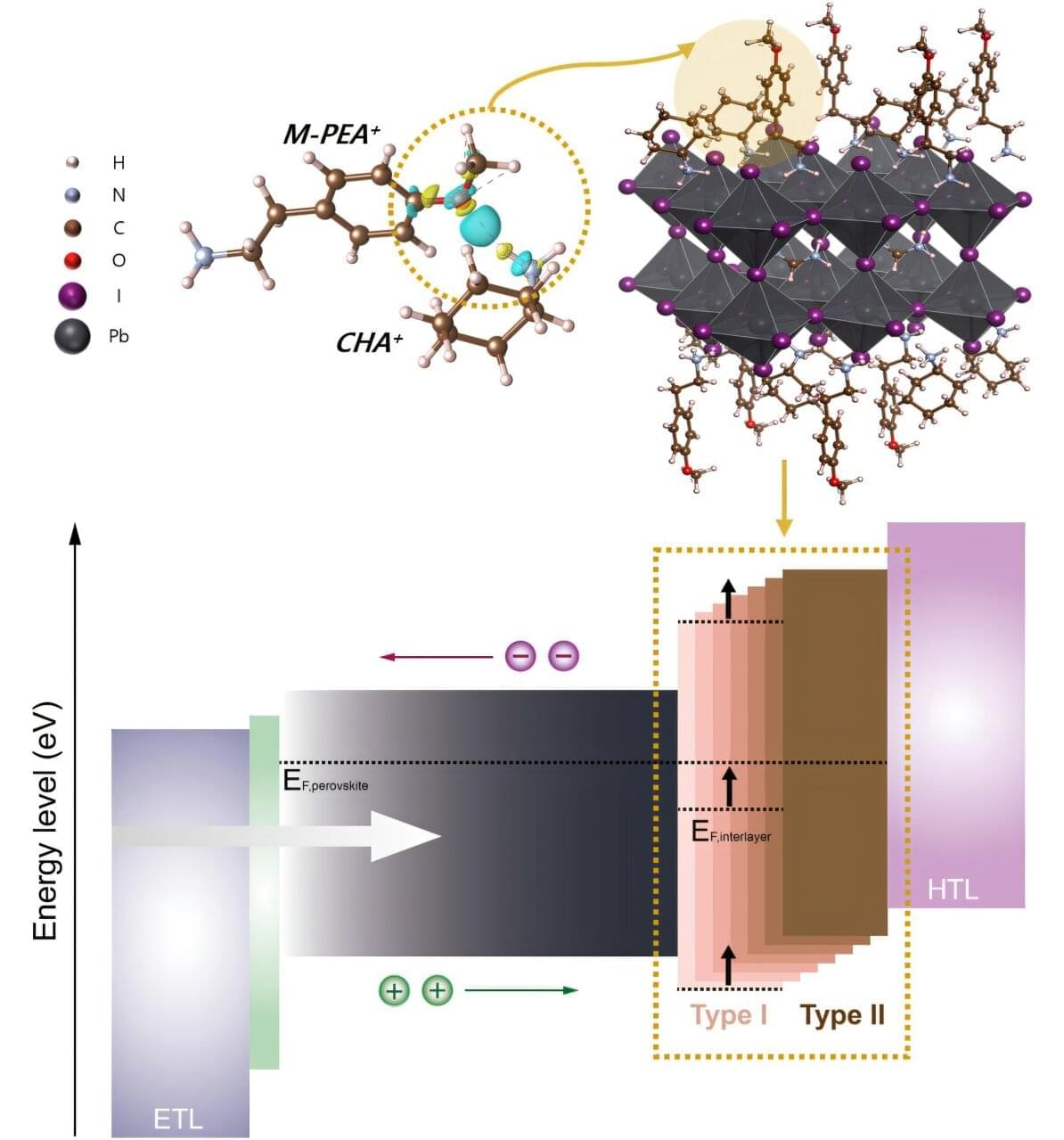
Unlike conventional silicon-based solar cells, perovskite solar cells (PSCs) are not only thin and lightweight, but can also be seamlessly applied to curved surfaces, like building facades and vehicle roofs. What’s more, they can be easily manufactured at room temperature using a solution process, leading to significantly reduced production costs.
However, for PSCs to achieve commercialization, it is crucial to develop technologies that maintain high efficiency over extended periods. A research team affiliated with UNIST has successfully made strides in this area. Their work is published in the journal Joule.
Professor Sang Il Seok of the School of Energy and Chemical Engineering at UNIST, along with researchers Jongbeom Kim and Jaewang Park, has developed an interlayer that leverages the specificity of organic cations on the surface of PSCs, simultaneously achieving high-efficiency and durability.